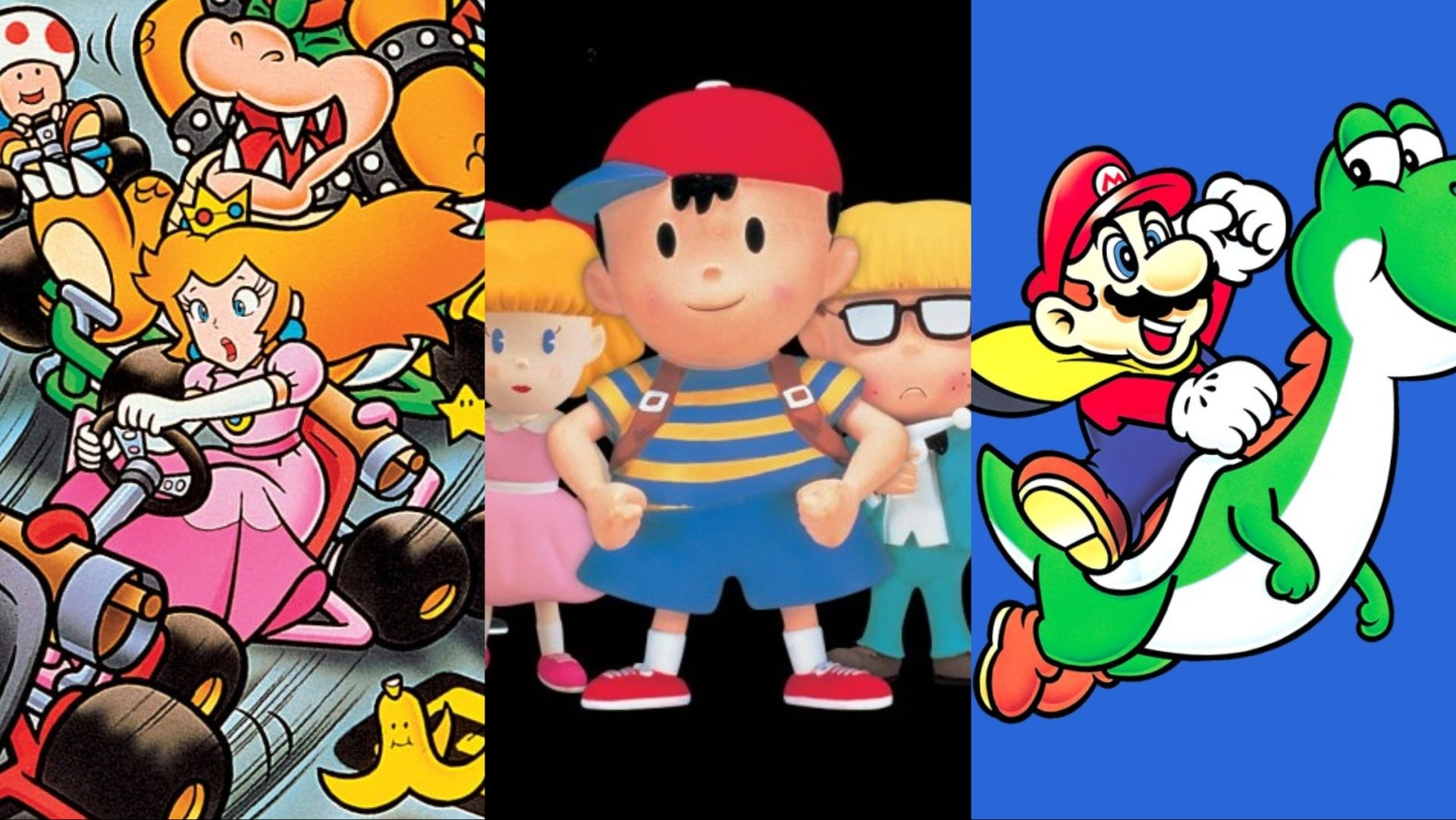
As a huge retro gaming fan, I can tell you the Super Nintendo really delivered some all-time classics. Even now, with all the fancy 4K graphics and super-smooth frame rates we have today, those old SNES games still hold up and are instantly recognizable. They’re just timeless!
Even classic Super Nintendo games haven’t aged perfectly. Developers back then were still learning how to create engaging gameplay and had to be clever about teaching players with limited technology.
These games are considered classics, but they each have some frustrating flaws. These problems range from technical limitations caused by older technology to simply annoying design choices made during development.
We didn’t include Chrono Trigger because it’s nearly a flawless game. And while some people dislike the toned-down violence in Mortal Kombat, that’s not why it’s missing from this list – it simply isn’t a particularly strong game.
10. Glitches Can Wipe Saves & Crash At The Ending
Final Fantasy 6
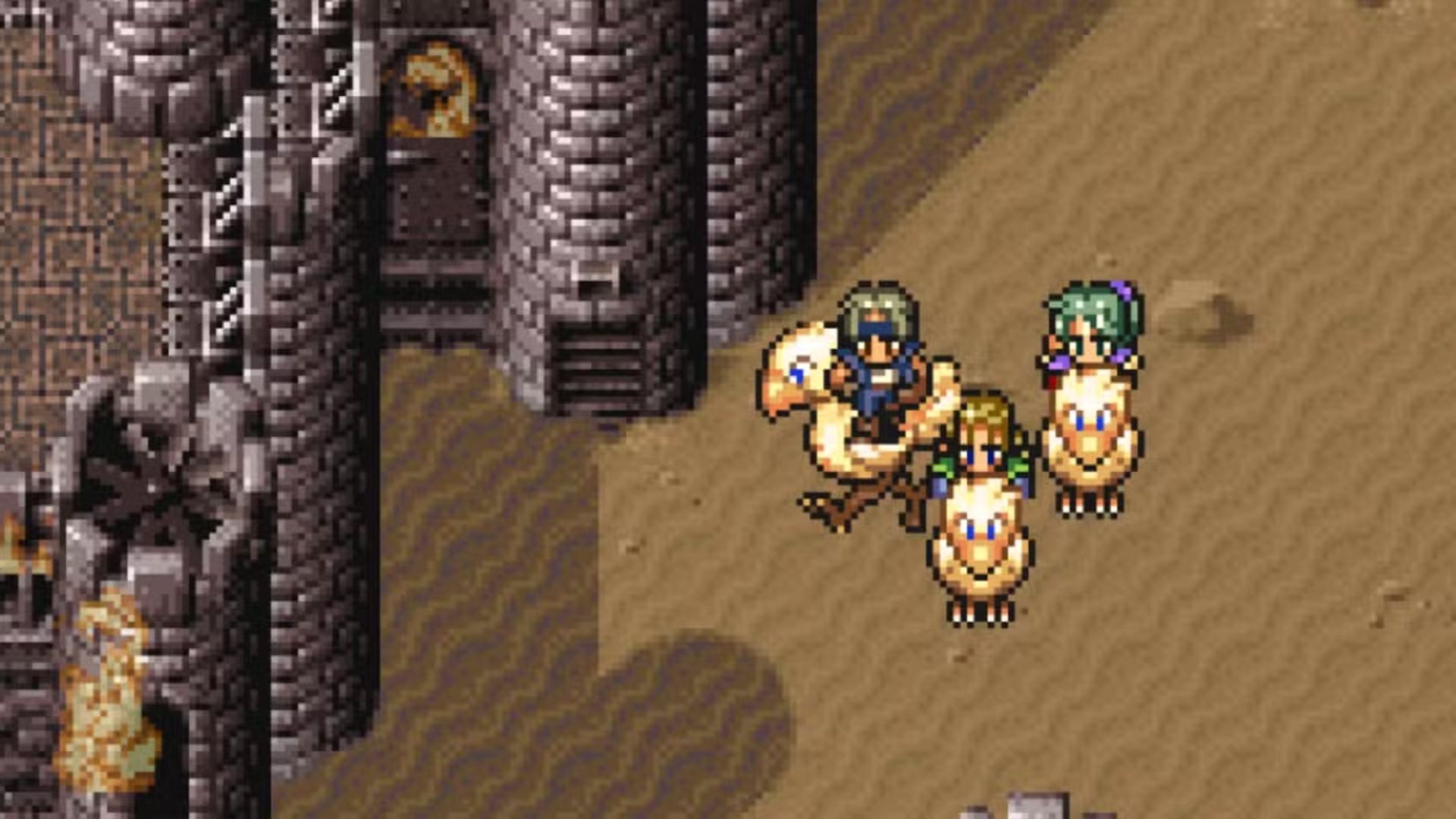
Image Via Square Enix
Final Fantasy 6 represents the peak of years of development and experimentation by the team at Squaresoft. The lessons learned from creating Final Fantasy 4 and 5 directly led to the polish and innovation seen in the sixth installment, building on their predecessors’ strengths and addressing earlier challenges.
Final Fantasy 6 is considered a high point for both its gameplay and story, but it’s noticeably rough around the edges. The game has many bugs, and some of them are so significant that they can make even the hardest bosses surprisingly easy to beat.
While the enemies can be annoying, the real issues are more serious. Some glitches can erase your progress, making you replay the entire long quest from the beginning. Additionally, players are sometimes stuck with a black screen after beating the final boss, Kefka, because the ending won’t load.
Final Fantasy 6 ranks lower than some other games because it’s been released on many platforms, and later versions have improved upon the original. The very first version on the SNES is often considered the least enjoyable, as it doesn’t include the extra features found in the Game Boy Advance version or the refinements of the HD Remaster.
9. It Takes Ages To Get Party Members
EarthBound

EarthBound is a truly unique game that essentially launched the style of quirky, independent role-playing games we see today. Without its strange, funny, and occasionally unsettling vision of America, games like Undertale likely wouldn’t exist.
However, EarthBound isn’t flawless. It’s pretty difficult at the start, so it’s probably not the best choice for people new to RPGs.
One of the main challenges in EarthBound is that for a large part of the beginning, Ness travels alone, which makes battles quite difficult. While Ness is versatile and can handle various situations, getting knocked out means the game ends immediately.
The party improves when Paula arrives, though she’s physically weak and can be easily defeated. With Paul and Poo joining later, the group becomes much stronger, making it less devastating when someone falls in battle.
8. It’s Too Easy To Complete
Super Mario World
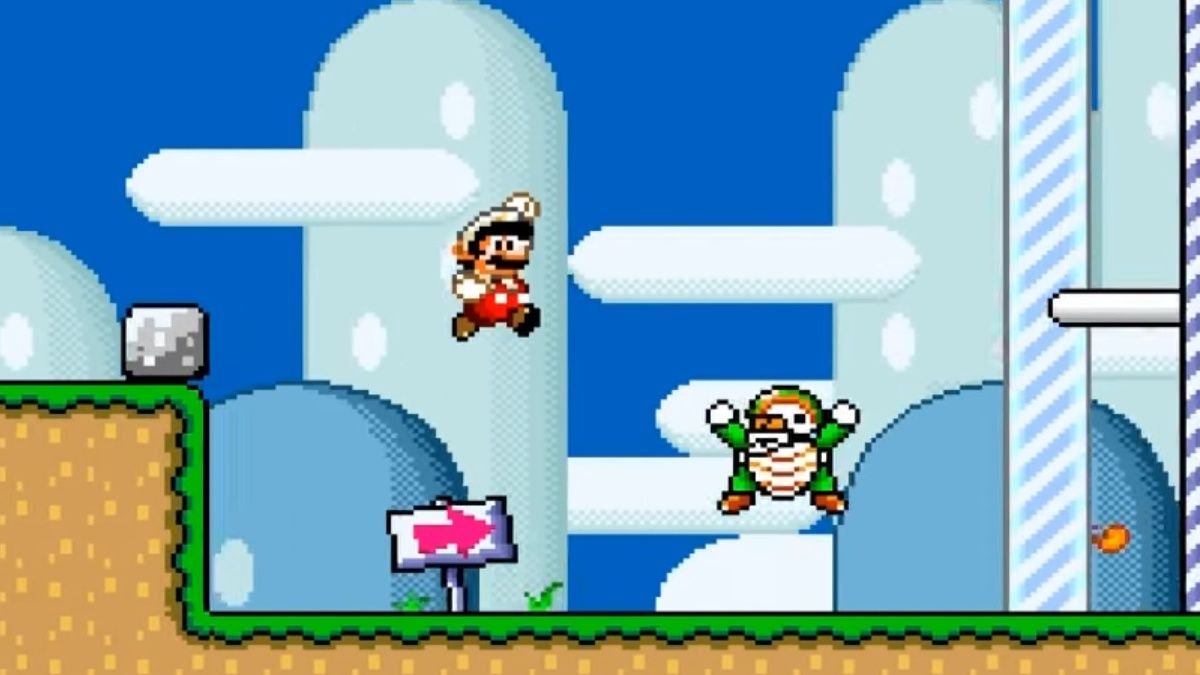
Nintendo is known for releasing fantastic games with its new consoles, but many of them are surprisingly short. A great example is Luigi’s Mansion for the GameCube, which looked beautiful but could be completed relatively quickly.
Okay, so Super Mario World is a bit better when it comes to exploration. The overworld is huge and packed with hidden stuff – secret exits, levels, the works. It’s not the longest game ever, but if you’re into platformers, it’ll definitely keep you happy.
The game’s biggest problem is its lack of challenge. It gives players too many extra lives and power-ups, making it very easy to progress. For example, one of the hidden levels practically hands you a boost by providing two power-ups and Yoshi right at the start.
Super Mario World’s big world, while impressive, will be beaten quickly, even by young players, who will soon be eager to play different games.
7. You Can Hide In Battle Areas
Super Mario Kart
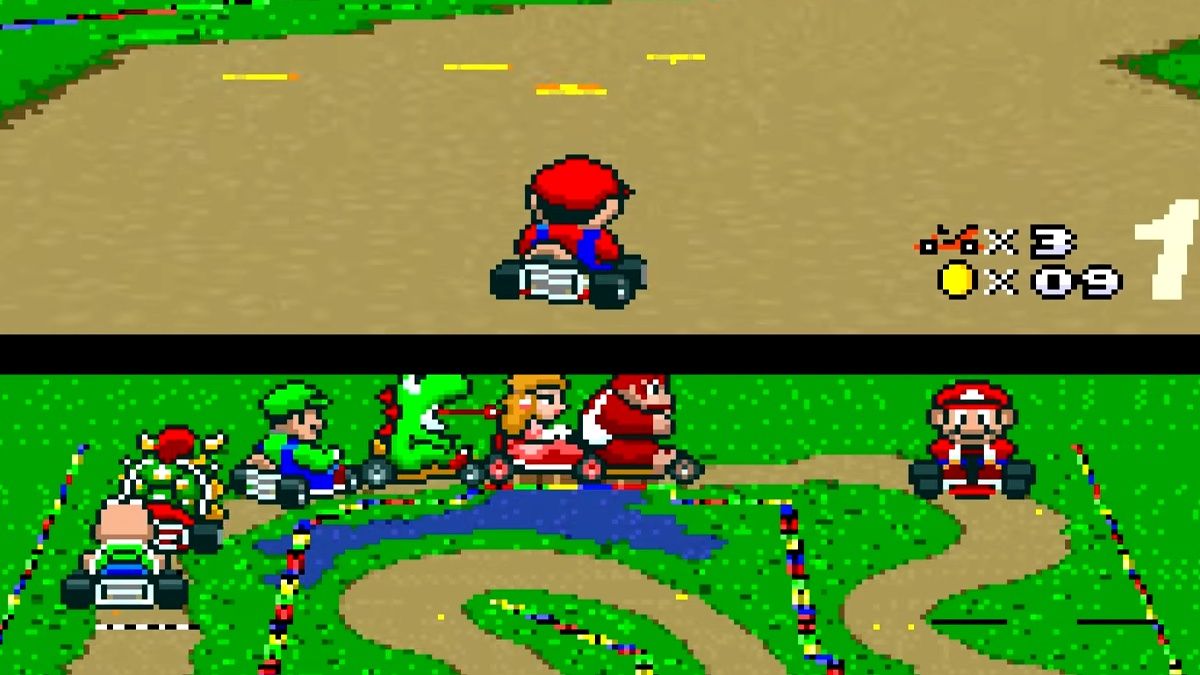
Super Mario Kart really set the standard for kart racing games, particularly for playing with others. It was enjoyable to race by yourself, but playing with friends took the experience to a whole new level.
Instead of racing, players could have literally hit each other with Super Nintendo controllers. More sensibly, they could enter Battle Mode, a head-to-head arena where the first player to land three hits with items won.
Because the original Mario Kart was the first of its kind, the Battle mode arenas weren’t fully polished. This allowed players to exploit certain spots – like small, enclosed areas – by hiding with a Red Shell, and then attacking opponents as soon as they entered.
While not as irritating as some of the exploits found in later games like GoldenEye 007, hiding in Battle mode was still a common frustration for players growing up in the ’90s. If someone tries it on you, a quick button-mash on the controller might be the solution!
6. Pausing Whenever You Cast A Spell
Secret Of Mana

While Secret of Mana isn’t as widely celebrated as games like Chrono Trigger or Final Fantasy 6, it was popular with many players, particularly in Europe, where fewer role-playing games were available.
One of the things fans love most about Secret of Mana is the ability to play with friends. Up to three players could join forces and experience the game together.
Secret of Mana’s multiplayer was fun, but it had a frustrating problem with spells. Two out of three characters could use magic, which was essential for success. Unfortunately, the game would pause whenever anyone opened the spell menu, interrupting the flow of gameplay.
In the fast-paced action RPG Secret of Mana, pausing the game to cast spells could be really frustrating for other players. Good timing and quick movements are key to hitting enemies and avoiding damage, and constant pausing disrupted that flow.
5. Pausing At The Start Of Fights
Street Fighter Alpha 2

Image Via Capcom
In the early 1990s, the Super Nintendo (SNES) and Sega Genesis were trying to compete with the experience offered by arcade games. Arcades still had a significant edge in terms of both speed and graphics, and this was particularly noticeable in demanding games like fighting titles, which were at the forefront of gaming technology.
Street Fighter Alpha 2 was a technical standout for its time, boasting beautiful graphics, a fantastic soundtrack, a wide variety of characters, and innovative fighting game mechanics.
The Super Nintendo struggled to handle this game, causing it to frequently slow down. Specifically, there’s a noticeable pause at the beginning of every match and round – the game completely freezes up, even the music stops.
The occasional pauses you might notice are due to limitations with the sound technology used in the game. It was a necessary trade-off to make the game playable at the time, and something players back in the ’90s simply had to accept.
4. That Baby Won’t Stop Crying
Super Mario World 2: Yoshi’s Island
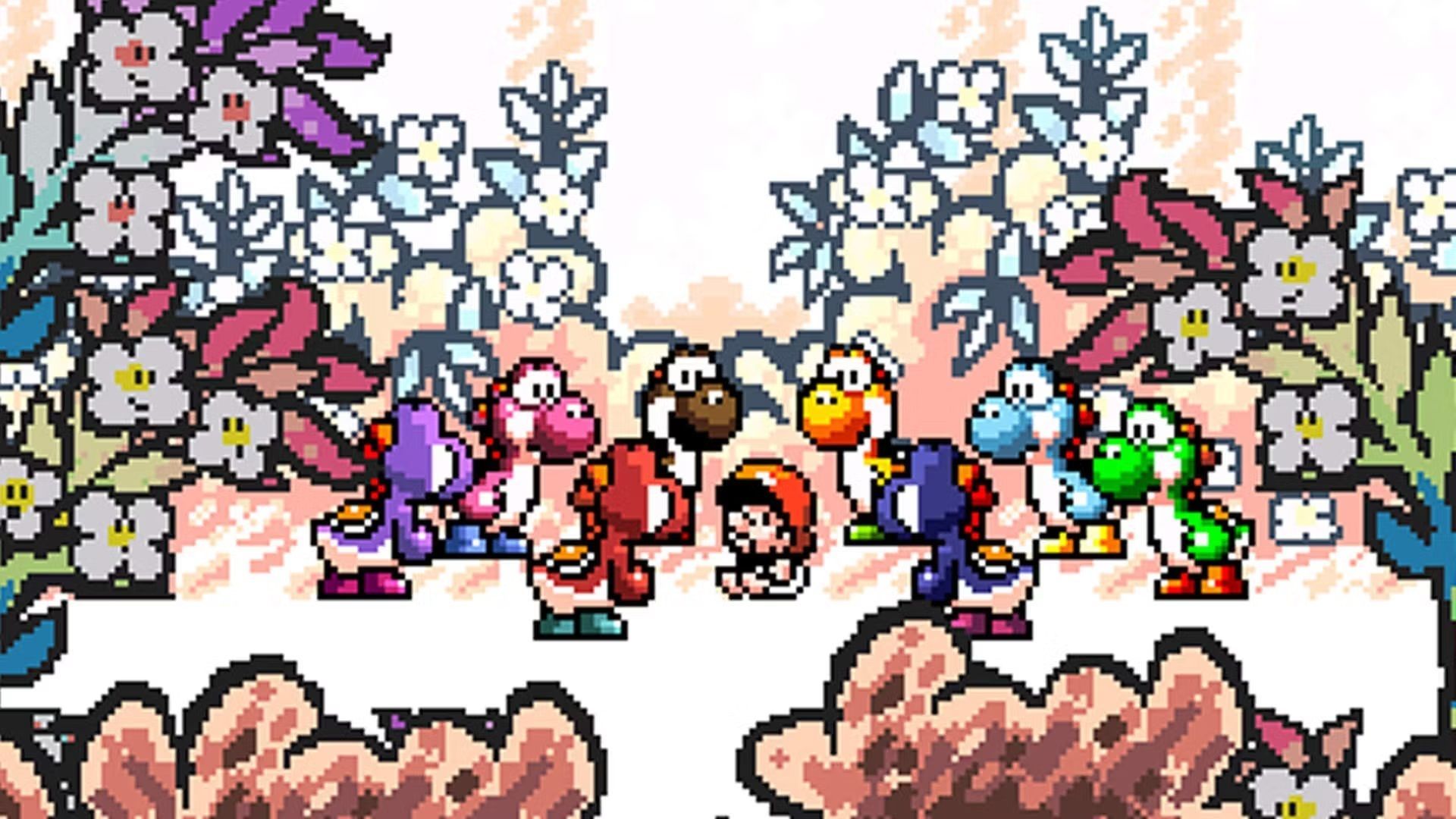
Image Nintendo
Super Mario World 2: Yoshi’s Island is considered by many to be the greatest platformer on the Super Nintendo. It’s celebrated for its vibrant visuals, memorable music, imaginative level design, and a unique power-up system that allowed for incredibly creative and enjoyable gameplay.
There’s only one flaw that prevents this game from being truly great. It’s a significant weakness that will likely keep Yoshi’s Island from ever reaching the top spot on lists of the best SNES games.
The primary objective of Yoshi’s Island is to safely guide Baby Mario. Whenever Yoshi gets hit, Baby Mario is launched into the air and begins to wail – and he really does wail a lot! Many players find the original Baby Mario’s crying sound particularly irritating.
Fortunately, players back in the ’90s could play games with the sound turned off. While they’d miss out on the great music, it was a worthwhile trade-off to keep the game running smoothly.
3. The Opening Hours Are Brutal
Shadowrun
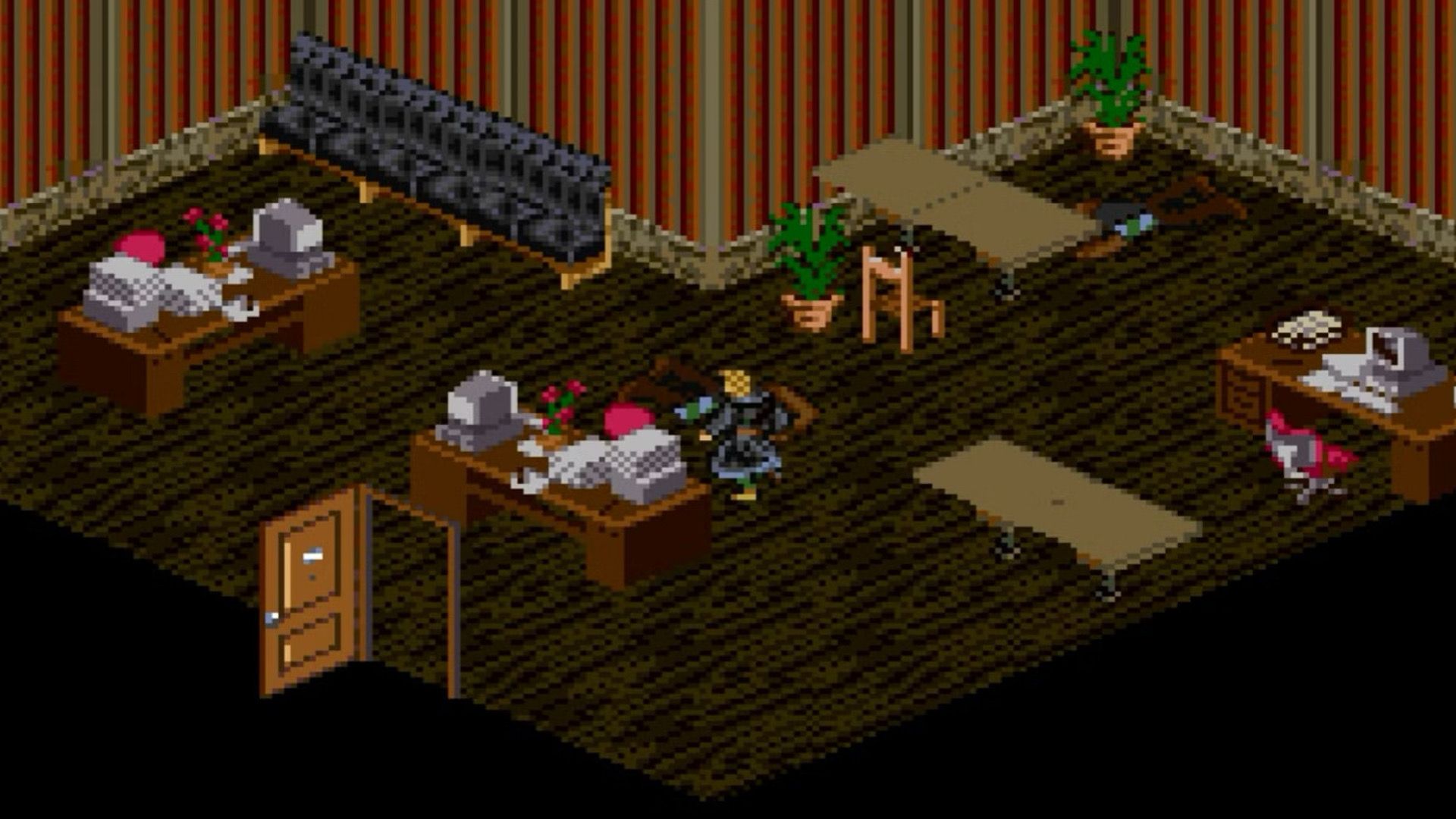
Baldur’s Gate is often praised for bringing the Dungeons & Dragons experience to computers, but surprisingly, Shadowrun did it first – and it did so on a console!
Shadowrun successfully translates the complex rules of the tabletop role-playing game into a vibrant video game. It blends magic and cyberpunk elements, offering a rich world filled with both helpful allies and dangerous enemies.
Shadowrun’s biggest weakness is its poor explanation of how its game mechanics work. This is made worse by tough enemies at the beginning and a particularly difficult early mission that can leave players feeling lost and likely to fail.
Shadowrun can be really rewarding once you understand how it works and have some good equipment. The biggest challenge is surviving long enough to get to that point, as the enemies are quite dangerous at first.
2. The Runtime Is Too Short
Teenage Mutant Ninja Turtles: Turtles In Time
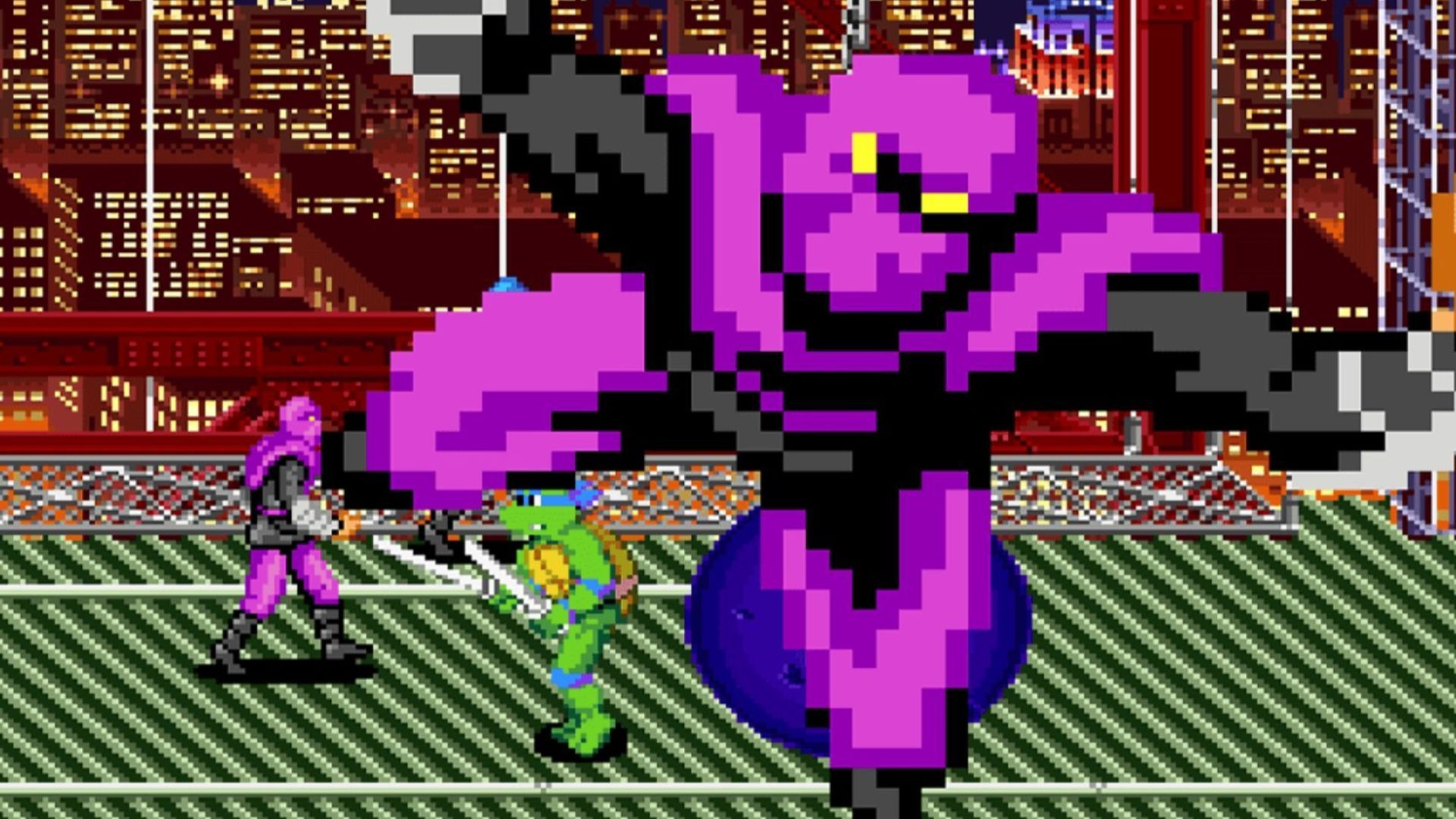
Image Via Konami
The 16-bit generation of video games was known for side-scrolling beat ’em up games. These were especially popular in arcades because the scrolling action looked great and kept players coming back for more.
Home consoles had plenty of great games, but Teenage Mutant Ninja Turtles: Turtles in Time on the SNES was arguably the best. You could play as all four Ninja Turtles, traveling through time to battle enemies and save the day.
The game’s time travel feature added some interesting level designs, but it didn’t solve the common problem with beat ’em ups of that time: they were usually very short. This wasn’t a big deal in arcades, though, because the games were challenging enough that players needed to spend a lot of money to finish them.
Playing the game on consoles at home allows unlimited continues, and this highlights how relatively short Teenage Mutant Ninja Turtles: Turtles in Time actually is – typically finishing in about an hour. While it might take a few hours to master the levels, the game is quite brief, even compared to other titles from that time period.
1. Two People Can’t Pick The Same Character Without Cheating
Street Fighter 2
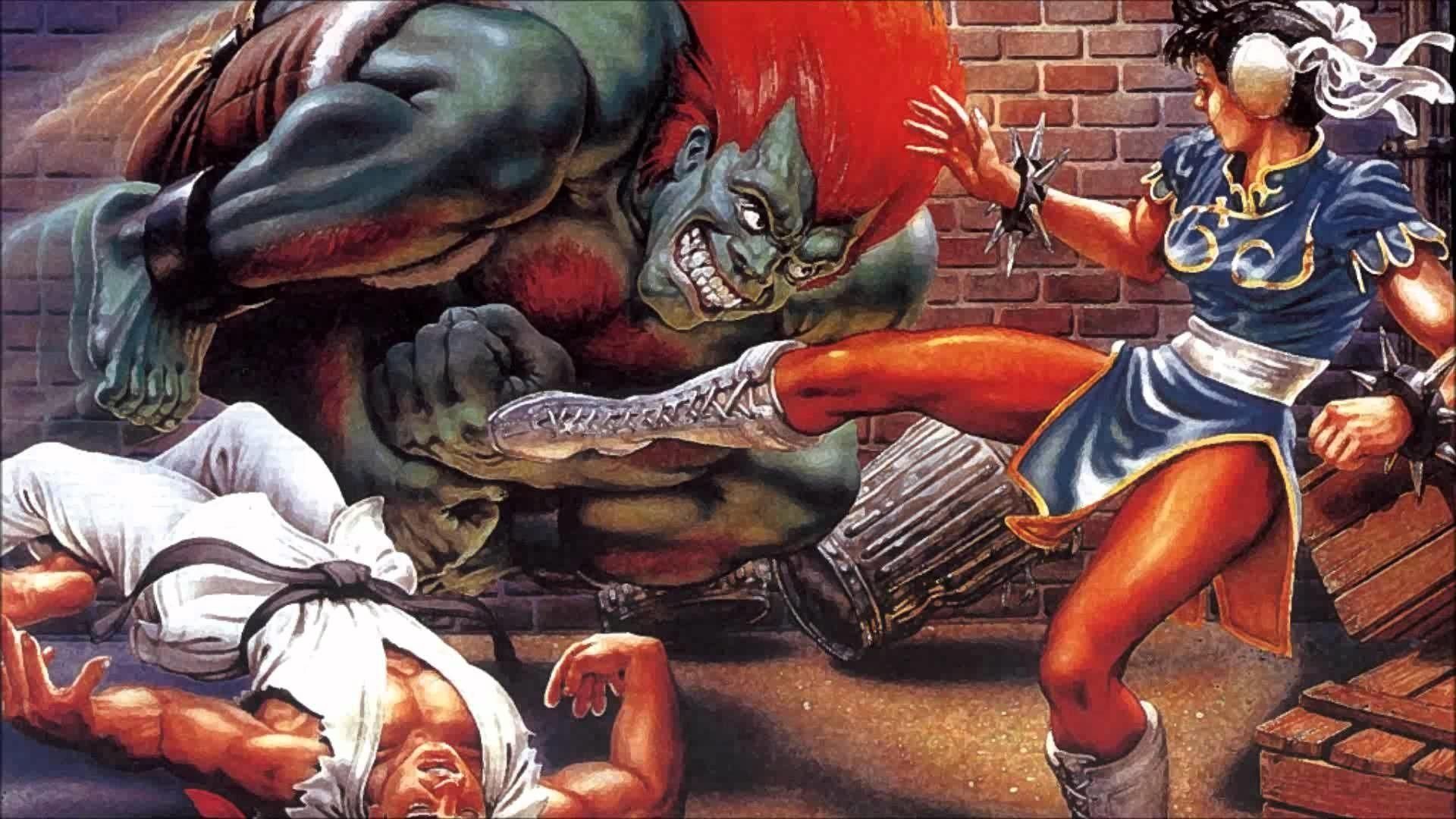
Image Via Capcom
Competitive fighting games have a long history, with players and communities developing standards for fair and enjoyable matches over many years. This tradition really began with Street Fighter 2, often considered the game that launched the modern competitive scene.
A little-known quirk of the Super Nintendo version of Street Fighter 2 is that players normally couldn’t choose the same character. If two people wanted to play as the same fighter – say, both wanting to be Blanka and perform his corner electric attack – they had to enter a special code at the beginning of the game to make it happen.
Today, it’s easy to find information online, but back in the ’90s, kids learned about hidden features or tricks mostly through word of mouth or by reading about them in magazines.
The Super Nintendo version of Street Fighter 2 was incredibly popular and introduced many players to the fighting game genre. It’s disappointing, though, that Capcom made a key feature accessible only through a cheat code.
Read More
- Avengers: Doomsday Trailer Leak Has Made Its Way Online
- bbno$ speaks out after ‘retirement’ from music over internet negativity
- ‘M3GAN’ Spin-off ‘SOULM8TE’ Dropped From Release Calendar
- Gold Rate Forecast
- Brent Oil Forecast
- ‘Welcome To Derry’ Star Confirms If Marge’s Son, Richie, Is Named After Her Crush
- Action RPG Bleach: Soul Resonance is now available for iOS and Android
- Spider-Man 4 Trailer Leaks Online, Sony Takes Action
- Super Animal Royale: All Mole Transportation Network Locations Guide
- Beyond Prediction: Bayesian Methods for Smarter Financial Risk Management
2025-11-06 02:42